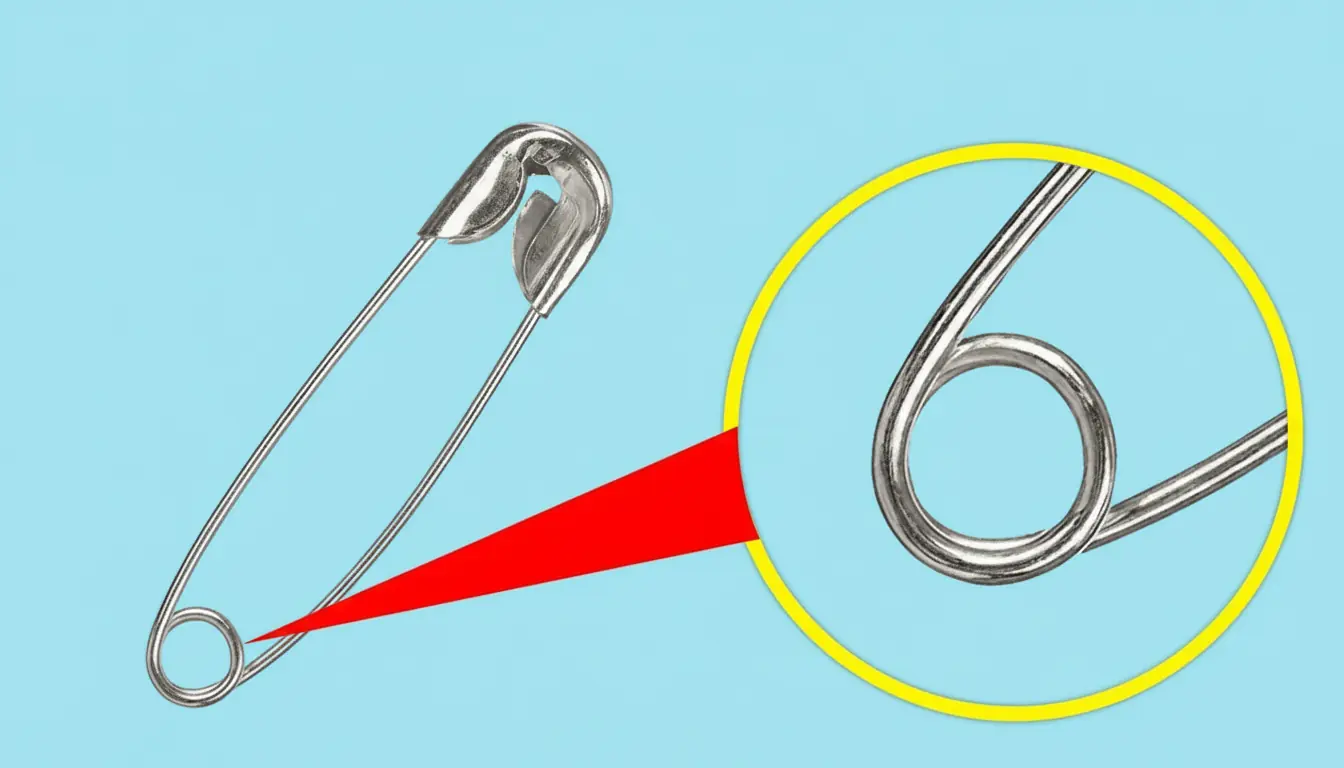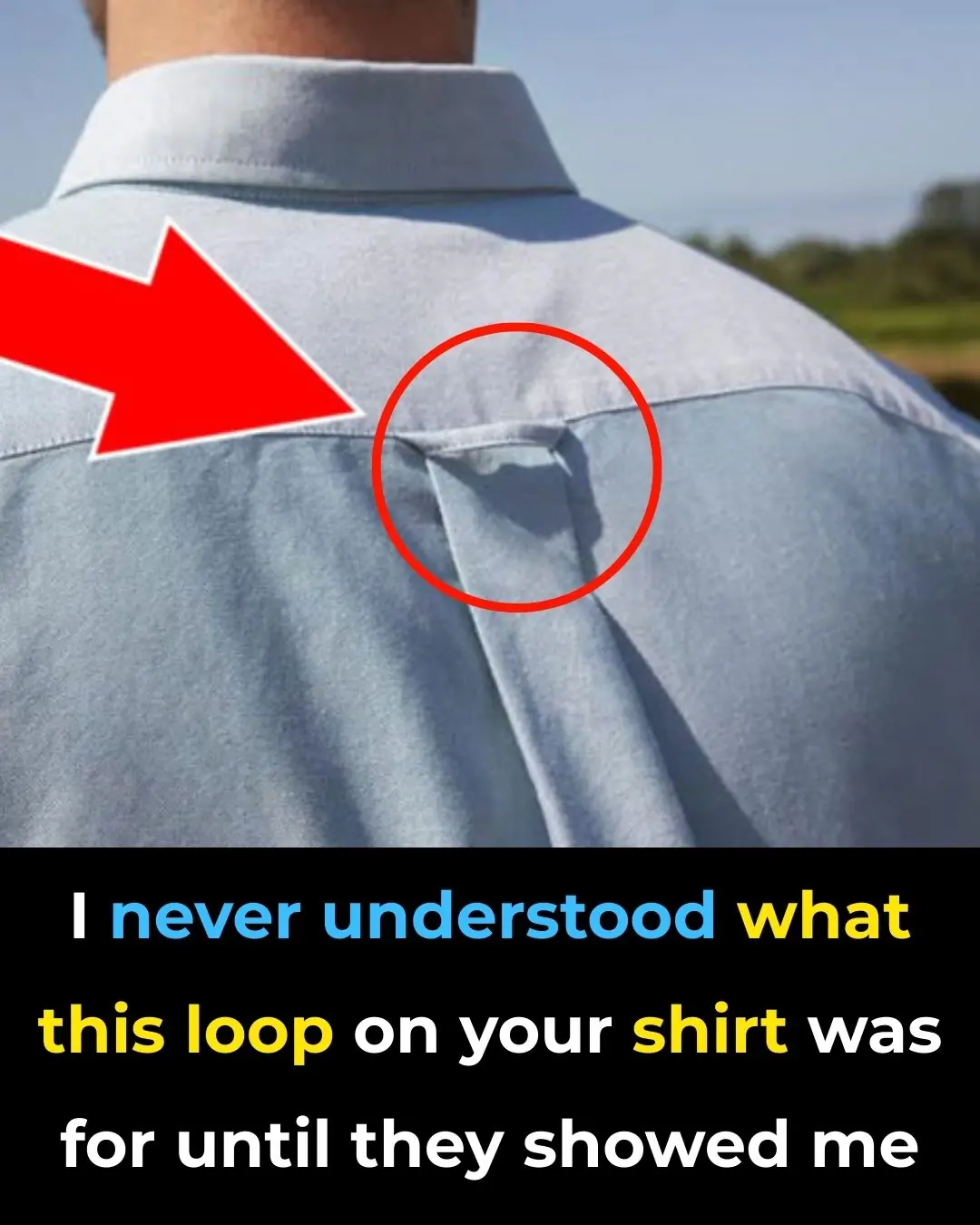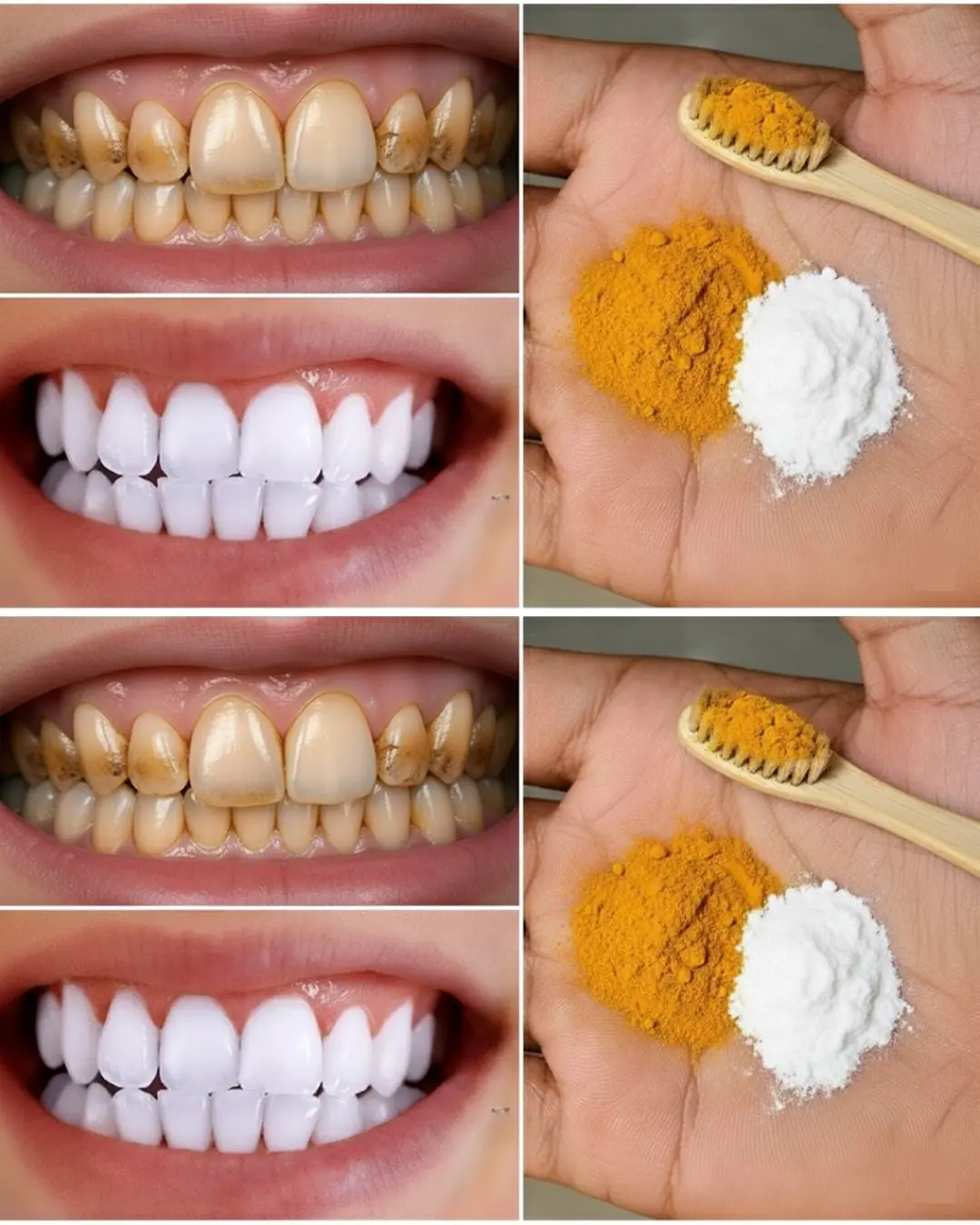
The Spiritual Meaning of Black Butterflies Entering Your Home Revealed
Black butterflies carry meanings that are as complex as they are beautiful.
You’ve probably used a safety pin more times than you can count—whether to fix a broken strap, secure fabric, or thread an elastic band. But have you ever stopped to wonder about that tiny hole near the clasp? At first glance, it looks like nothing more than a random design quirk. In reality, this small detail has a big purpose that makes sewing, threading, and quick fixes far easier than most people realize.
Why That Little Hole Exists
The small hole on the clasp end of a safety pin may seem insignificant, but it’s a clever design feature with a very practical function. Its primary role is to act as an anchor point when threading elastic bands, ribbons, or drawstrings through fabric channels like waistbands, hoodie linings, or pillow covers.
Here’s how it works:
Thread a ribbon, string, or piece of yarn through the hole.
Tie a knot to secure it in place so it won’t slip out.
Insert the safety pin into the fabric casing and guide it through.
If the pin gets stuck, simply pull it back using the string, saving you time and frustration.
This tiny feature gives you better grip, prevents the pin from disappearing inside the fabric, and makes threading jobs significantly quicker. Once you start using the hole the way it was designed, you’ll see just how ingenious this little detail really is.
Timeless Sewing Tricks Worth Knowing
While sewing technology has advanced, some classic tricks are so effective that they remain relevant today. Here are a few traditional hacks that can make your sewing projects smoother, stronger, and more professional-looking:
Mark Fabric with Dry Soap
If you don’t have tailor’s chalk, a sliver of dry soap makes a fantastic substitute. It creates clear, washable lines that won’t harm delicate fabrics—an eco-friendly and cost-effective option.
Reinforce Seams with Backstitching
Sewing backward for just a few centimeters at the end of a seam locks the stitches in place. This small step prevents unraveling and adds durability, even after repeated washes.
Pin Diagonally for Extra Hold
Instead of pinning in a straight line, place pins diagonally along the seam. This improves grip, keeps fabric aligned, and allows for easier removal while stitching.
Secure Knots with a Simple Wrap
For neat, long-lasting knots, wrap the thread around your needle several times before pulling it through. This technique creates a clean, sturdy knot that won’t loosen over time.
Strengthen Thread with Beeswax
Running thread over a block of beeswax before sewing helps prevent tangling, strengthens the fibers, and allows smoother stitching. It’s a small trick that saves time and frustration.
The Takeaway
That tiny hole in a safety pin is more than just decoration—it’s a brilliant example of how even the simplest tools can hold hidden design secrets. When paired with tried-and-true sewing hacks, it can make your projects easier, stronger, and more polished.
So the next time you pick up a safety pin, remember: you’re not just holding a piece of metal—you’re holding a centuries-old tool packed with clever design and surprising possibilities.

Black butterflies carry meanings that are as complex as they are beautiful.

You don’t need fancy, high-priced cleaners to enjoy spotless, long-lasting results.







The gaps and inward-swinging doors are designed for practicality, serving purposes like enhancing safety and improving efficiency, rather than being the result of poor design.

Emma Martina Luigia Morano, the world’s oldest woman at the time of her passing, credited her extraordinary 117 years of life to a mix of genetics, resilience, and one very peculiar daily diet. Her remarkable story spans two World Wars, personal tragedy








For over a decade, a young man in China lived with his body bent nearly in half, trapped in a painful “Z-shaped” posture that made everyday life a struggle. Now, after years of suffering and a series of groundbreaking surgeries, he has finally stood u




Black butterflies carry meanings that are as complex as they are beautiful.

You don’t need fancy, high-priced cleaners to enjoy spotless, long-lasting results.

This natural elixir is packed with antioxidants, anti-inflammatory compounds, and essential vitamins that work together to promote healthy, glowing skin.



By using natural ingredients like rice, honey, coconut oil, and aloe vera, you can create effective anti-aging creams that nourish, hydrate, and rejuvenate your skin.










